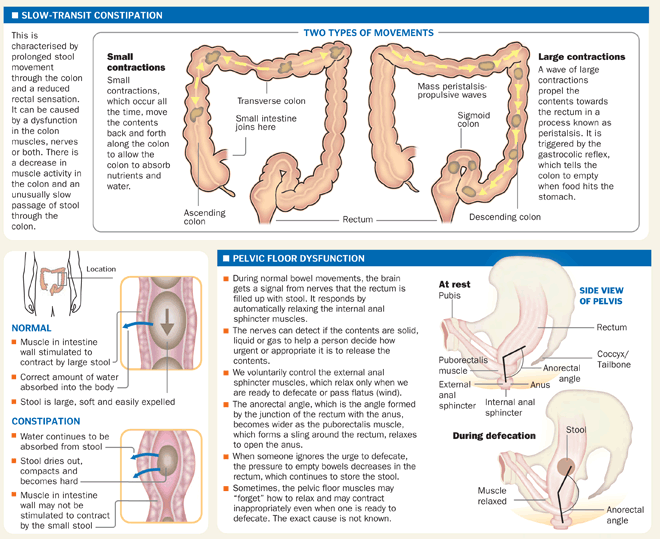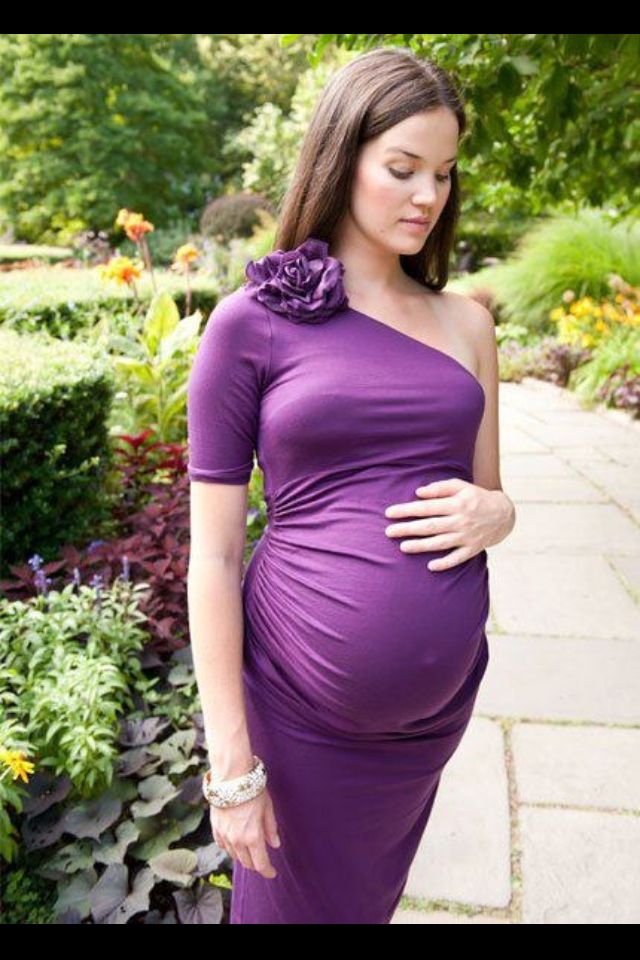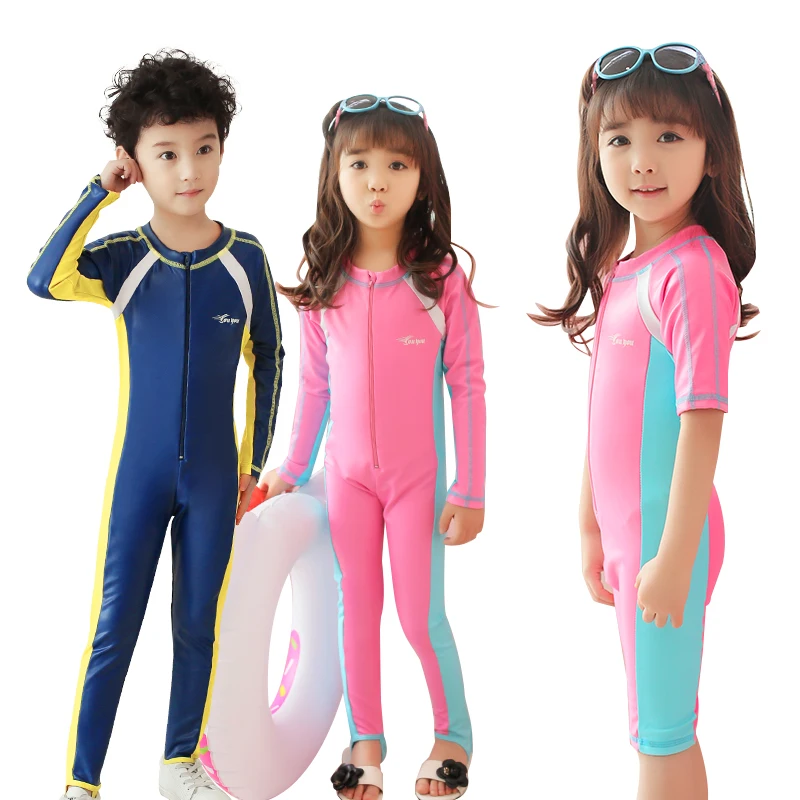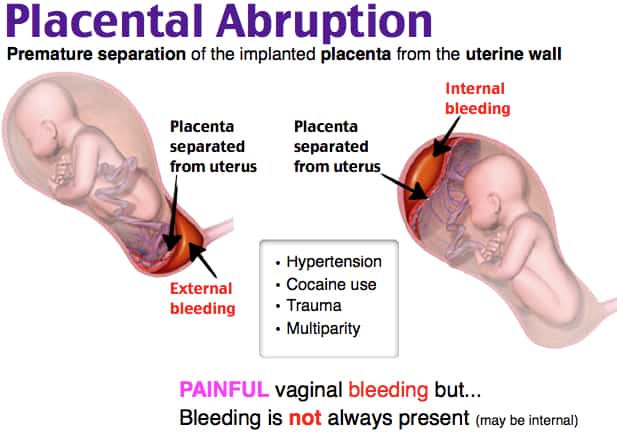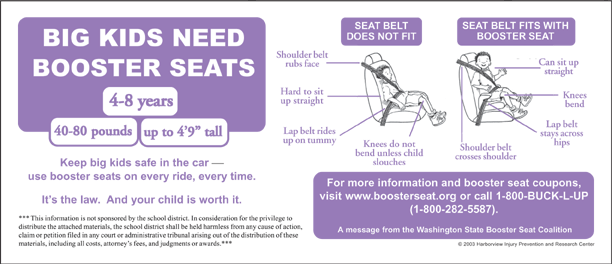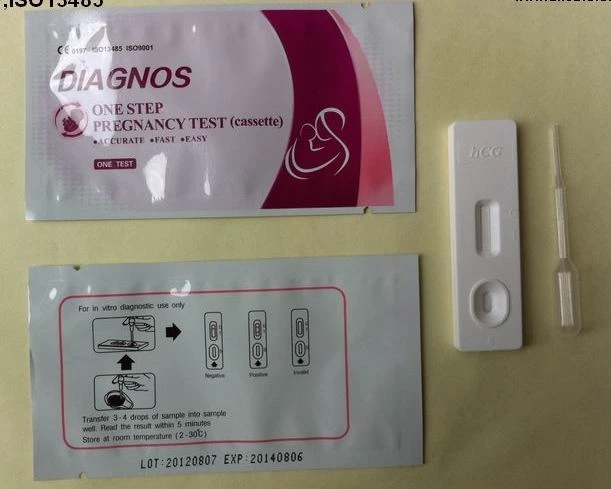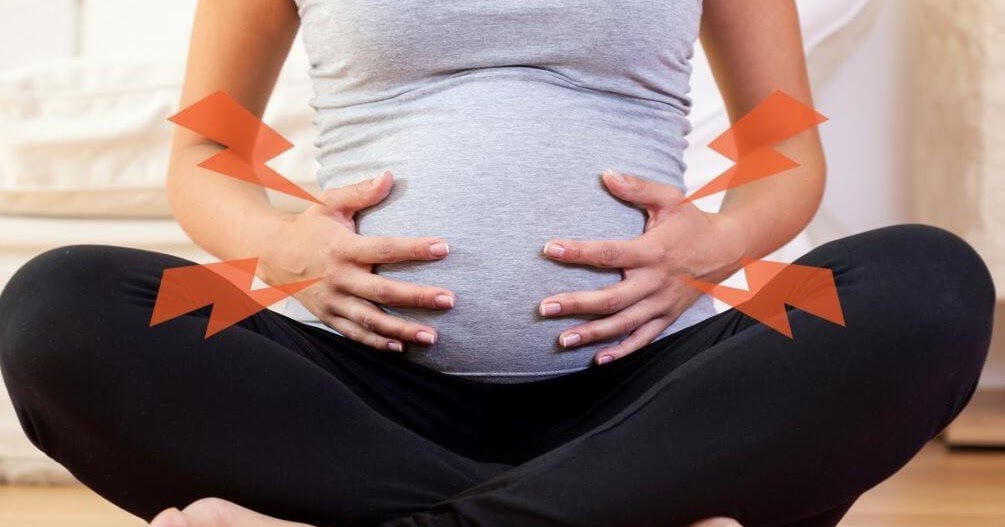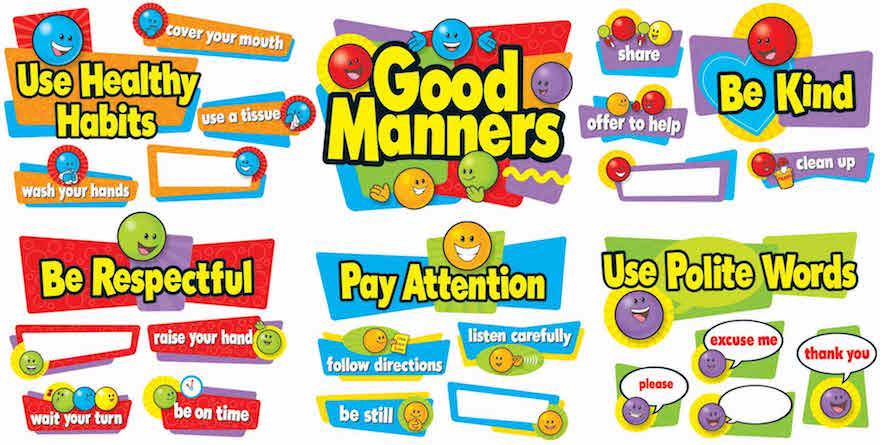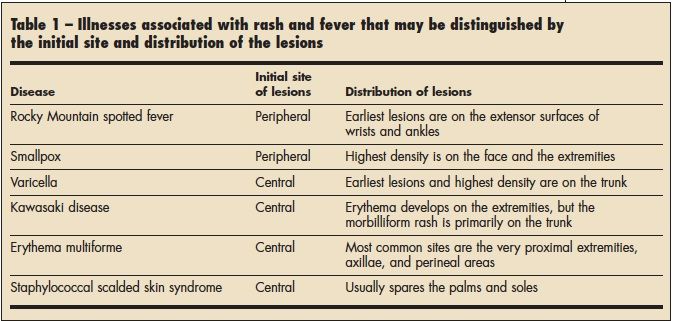How far can my 2 month old see
When will my baby see clearly and recognize colors?
Photo credit: Katie Rain for BabyCenter
Babies can see from birth, though at first your baby's vision is pretty fuzzy. In fact, babies start to see in the womb – their eyes open when you're 27 weeks pregnant, and in utero your little one can focus on large objects and discern the color red.
Newborns can't see clearly, but they can make out light, faces and large shapes, and movement. Interestingly, your newborn's eyes are physically capable of seeing well at birth, but their brain isn't ready to process all that visual information.
Your baby's vision improves dramatically over the first year, and they'll be able to see pretty clearly by the time they're 8 months old.
By the time your baby is 3 to 4 months old, they can distinguish between colors and focus on smaller objects. At 4 months old, depth perception begins to develop. Your baby will get better at spotting little objects and tracking moving things with their eyes.
If your baby doesn't watch moving objects, or if they seem to have trouble moving one or both eyes in any direction by the time they're 4 months old, talk to their doctor. Routine well-child checkups include basic vision assessments, but kids usually don't have a formal vision screening until 3 or 4 years old.
How far can newborns see?
Newborns can see only about 6 to 10 inches away — just far enough to clearly make out the face of the person holding them. Handily enough, your face is the most interesting thing to your baby at this age, so be sure to put in a lot of face-to-face time.
How far can babies see at 1 month old?
Your baby can now see about 8 to 12 inches away. Although their eyes may still wander randomly and even cross at times, your baby is starting to be able to use their eyes in tandem so they can consistently focus both eyes and track a moving object. A rattle passed in front of their face will often transfix them, or you can play eyes-to-eyes by getting very close to their face and slowly moving your head from side to side.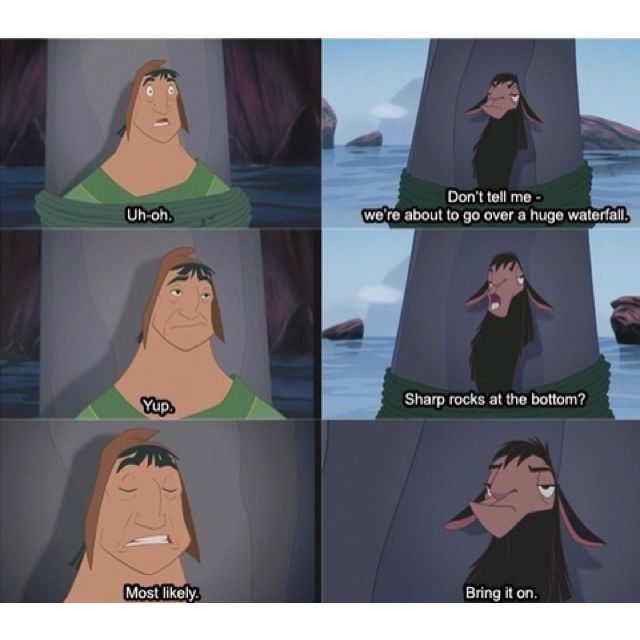 Often, their eyes will lock onto yours.
Often, their eyes will lock onto yours.
How far can a 2-month-old see?
Your 2-month-old can see people and objects as far as 18 inches away. They may even be able to follow your movements when you're close by. Color differences are becoming clearer to your baby, and they'll start to distinguish shades such as red and yellow.
How far can a 3-month-old see?
Your baby is now able to recognize familiar people and objects from several feet away, or even across a room. They're also getting better at telling the difference between colors. As a result, your baby will probably begin to show a preference for bright primary colors and more detailed and complicated designs and shapes. Encourage this by letting them look at bright pictures, photos, books, and toys. At 3 months old, they still won't be able to tell the difference between very similar colors or pastels. Also, your baby's depth perception isn't fully developed.
Advertisement | page continues below
Eva Dasher
Eva Dasher writes, researches, and edits content on a wide variety of subjects, including parenting, medicine, travel, natural history, science, business, and the arts. Her favorite pastimes include experimenting with new foods, libations, and restaurants, as well as traveling the world with her two college-age children, husband, extended family, and friends.
Her favorite pastimes include experimenting with new foods, libations, and restaurants, as well as traveling the world with her two college-age children, husband, extended family, and friends.
Newborn Eyesight: When Can Newborns See?
At some point, after you’ve counted your newborn’s fingers and toes and stared lovingly into their eyes, you may wonder about your little one's visual development. When can newborns see? What do newborns see? Can newborns see you or even the larger world around them? Read on to find out more about newborn eyesight, gain insight into your baby’s visual development in the coming months, and get some answers to your frequently asked questions.
When Do Newborns Start to See?
Newborn babies can open their eyes and do, in fact, see when they are born. However, their eyesight is poor and they aren't able to focus very well, especially on anything beyond 12 inches away. But this will soon change for your baby, who will be able to see more and more clearly in the coming months.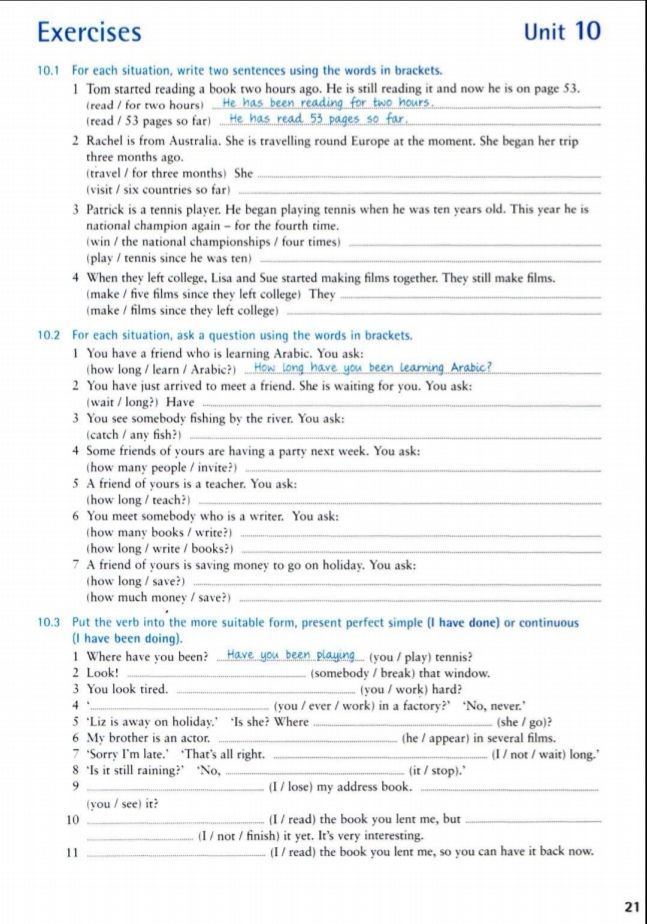 Read on to learn more about how your baby’s vision will develop over time.
Read on to learn more about how your baby’s vision will develop over time.
So, what do newborns see? At first your baby may not be able to look at you or focus on your face, though they can perceive light and shape as well as detect movement. Before long your newborn’s eyes will meet your eyes; this is more likely to occur in low light than in bright light, since their eyes are still very sensitive after leaving the darkness of the womb. You may also notice that your newborn’s eyes drift or even cross. This is normal and will decrease around 2 or 3 months when their eye muscles become stronger.
Babies who are born prematurely may have slightly different patterns of development. Preemies can be born with closed eyelids or even fused eyelids depending on how premature they are. If your preemie’s eyes are closed or fused at birth, their eyes will open within a short amount of time.
related baby tool
Keep an eye on your baby’s average growth by tracking height, weight, and head circumference with our simple tool.
Fill out your baby's details*:
What is your child*
Boy Girl
This is a mandatory field.
Age (between 0 and 24 months)
This is a mandatory field.
Weight (lbs.)
This is a mandatory field.
Height (in.)
This is a mandatory field.
Head circumference (in.)
This is a mandatory field.
*Input details of your baby’s last measurements. **Source: World Health Organization
When Do Babies Start Looking at You?
Your face is your baby’s favorite thing to look at. So, when can babies see faces? Newborn babies in general are drawn to look at their parents’ faces, especially the eyes, when they’re being held.
Eventually, between 1 and 3 months of age, they’ll be able to take in more of your face, not just your eyes. And they’ll be more responsive to facial expressions that may involve your mouth, jaw, or cheeks.
Eyesight Development in Newborns and Older Babies: Distance Vision
Your baby’s distance vision develops gradually from birth onward. Learn more about the specific developments that will happen in the coming months.
How Far Can Newborns See?
At birth, your newborn’s visual range is limited. Your little one can focus on something that's only about 8 to 12 inches from them—such as your face when you're holding them, or the corner of their crib. Within this range, they will examine things quite closely. Anything beyond 12 inches appears as a blurry shape—just as it would for an adult who wears glasses for distance vision.
This limited range will gradually expand, and at about 3 months, your baby may start to notice you when you are halfway across the room—and maybe even smile at you! Your infant may also be able to gaze at an object lying just a few feet away, such as a toy.
By the time your baby is 4 months old, distance vision has progressed so much that they can stare out the window or look at something on the wall with interest, and by 7 months, their distance vision has improved greatly.
If your baby is around 4 months old, consider trying these stimulating play ideas.
Eyesight Development in Newborns and Older Babies: Pattern and Color
The ability to see pattern and color develops at roughly the same rate for your baby. However, it will be easier for your little one to detect patterns before they start being able to distinguish between similar color hues.
When Do Newborn Babies Recognize Patterns?
As development continues in your newborn baby's retinas—these are the light-sensitive tissues in the eyes—your little one will begin to see and recognize patterns, even by their first month. You may notice they will be drawn to simple black and white designs or those with strongly contrasting colors.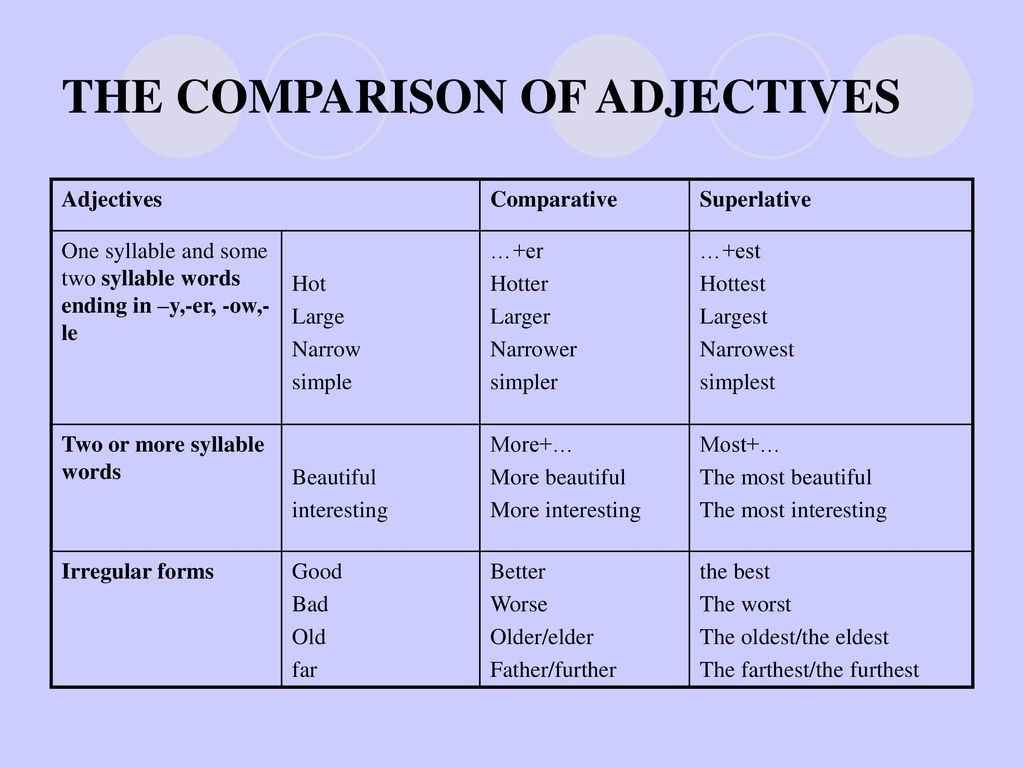 At around 3 months old they may be able to perceive if there is more than one object in a picture.
At around 3 months old they may be able to perceive if there is more than one object in a picture.
The higher the contrast in a pattern, the more appealing it is to your baby, who may prefer to gaze at black-and-white patterns such as checks and stripes (at around 1 month) and bull’s-eyes and spirals (by 3 months old).
When Do Newborn Babies See Color?
Newborns, it turns out, see mostly in black and white, but it doesn't take long before babies are able to tell the difference between one color and another. At birth babies are sensitive to light (and don’t pick up on color differences), but by 2 weeks of age their pupils enlarge and they’re able to experience a wider range of dark and light shades of color.
So, how long do babies see only in black and white? At about 1 month, your little one can detect the brightness and intensity of colors, and over the next few months may start to see several basic colors, including red. Your baby's color vision is fully developed by about 4 months, when they'll be able to see lots of colors and even shades of colors.
Eyesight Development in Newborns and Older Babies: Focus and Tracking
At birth, your baby lacks the ability to focus on things and track moving objects. No need to worry—these skills are developed over time.
When Can Babies Focus on Objects?
Babies are born with peripheral vision, meaning they can see objects around them, at the sides of their visual field. But, being able to focus closely on a specific object is something that develops over time. They gradually can focus on a single point in the center of their visual field. By 1 month old they’ll be able to briefly focus on objects as far as three feet away.
By 2 or 3 months of age your baby’s ability to focus may be developing steadily. Your baby may be able to turn both eyes inward, known as convergence, to focus on something nearby such as their hands. Simultaneously they will learn to turn both eyes outward, known as divergence, to focus on objects in the distance.
When Do Babies Start Tracking Objects With Their Eyes?
Another part of your baby's visual development is tracking, or the ability to watch or follow a moving object with their eyes. Your baby will be able to track moving objects at around 3 or 4 months old. Here’s how it develops.
In the beginning your newborn will struggle to watch a rattle when you shake it in front of their face, but in two months’ time, they will have better coordination and focus in both eyes, which will work together to follow the rattle’s movement.
Soon enough your infant will be able to track even smaller objects, like a length of yarn—and have a faster reaction to them. You may even notice during this time that your baby will look at your eyes to find out what you’re looking at—this is referred to as shared attention.
When your baby is about 3 months old, they will likely be able to use their arms and hands to swat at things in front of them (missing more often than not). Practicing this hand-eye coordination is great fun for them and for you too!
Depth perception starts to develop at about 5 months, after your baby has had some practice following objects coming toward them or away from them and can put together a three-dimensional view of the world.
Over time, as their motor skills improve, so will their aim and tracking ability.
When Are Babies’ Eyes Fully Developed?
So, when do babies develop full vision? Eyesight matures rapidly in young babies, and you'll be able to observe lots of progress as the weeks and months go by. Development will continue throughout the toddler and preschool years. At age 3 to 5, a child with normal vision will be able to see as clearly as a typical adult, and by age 10, their visual system will be completely developed.
Among the early milestones you'll want to watch for are the following:
your baby can distinguish between colors like red, blue, and yellow with a strong preference for red
your baby likes complex patterns and shapes (try showing them popular children’s picture books)
your baby follows fast-moving objects with their eyes.
Your Baby’s Visual Development
Your baby’s eyesight progresses from the moment they’re born, maturing rapidly throughout the first four months of life.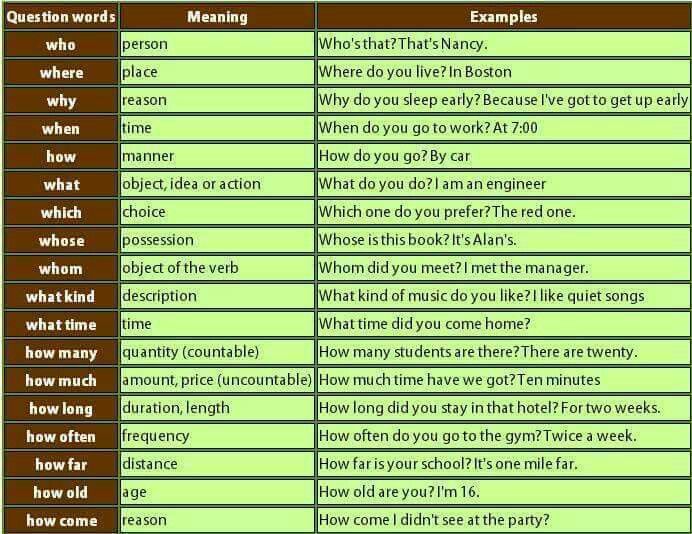 Here are some key milestones to anticipate:
Here are some key milestones to anticipate:
As a newborn your baby will look into your eyes, especially during skin-to-skin contact and feedings
By 1 month old your baby will see your entire face
By 2 to 3 months old their ability to focus will improve
At 3 months old they will enjoy looking at black-and-white patterns
By 3 to 4 months old they will be able to track objects and track in which direction you’re looking
By 4 months old they will be able to distinguish different colors, even hues that are similar
After 4 months old they will be able to see very well into the distance, way past the 12 inches they saw at birth.
The Bottom Line
Your baby’s vision is just one of many areas of development your baby will experience. As the months go by, enjoy your baby's progress, and share the delight in their new abilities and achievements.
Learn more about typical growth and development for 4-month-old babies. If you have any questions or concerns about your baby’s eyesight, be sure to raise them with your baby's healthcare provider.
Article | How babies see
The way a baby sees the world around him depends on his parents. It is in your power to teach a child in his first months to look at life with "wide eyes".
Of the five senses that a person has, vision plays a leading role in his development. We receive most of the information about the world around us through our eyes. The visual system is laid down even in the prenatal period, but it is actively formed and "ripens" already after birth, in the first year of a baby's life. At this time, it is especially important to pay attention to the development of vision, since it is directly related to the development of the brain. nine0005
It is known that the efficiency of the brain is determined not by the number of neurons, but by the number of connections (synapses) between them. In the first year of a person's life, these connections are formed at an incredible rate. And the more visual information a child receives, the more actively the development of different structures of his brain will go.
In the first year of a person's life, these connections are formed at an incredible rate. And the more visual information a child receives, the more actively the development of different structures of his brain will go.
Any visual impairment in infancy often causes a significant lag in the development of the child, since the rest of the senses are not able to fully compensate for the lack of information. nine0005
Picture of the world
The very first visual images that a person perceives are faces. “We recognize the “nose-mouth” facial pattern innately - this is a species-specific signal,” says Vyacheslav Dubynin, Doctor of Biological Sciences, specialist in brain physiology. “Moreover, we now know that it’s not just the face pattern that is recognized, but the main facial expressions: grief, fear, rage, smile. The ancient Greek masks of tragedy and comedy, the emoticon - this innately affects our secondary visual cortex, it is innately significant. That is why it is so important for us and is also directly connected with the centers of positive and negative emotions.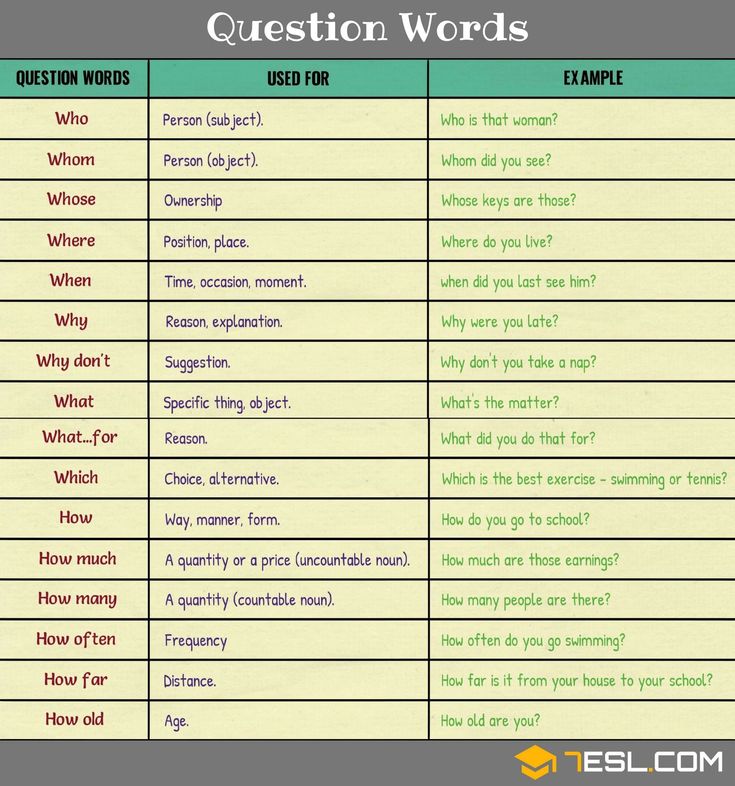 ” nine0005
” nine0005
The main stimuli for the development of the baby's visual system are the faces of mom and dad. If so, communicate and talk with the child at any opportunity, as often as possible, "show yourself in front of him."
Seize the moment
The organs of vision of a newborn are already formed, but the work of the entire visual system will be "tuned" during the first six months of life. The kid needs to learn to fix his gaze, move both eyes at the same time (this is called “friendly movement”), determine the depth of space and establish a connection between vision and touch. nine0005
At this time, the eyeball enlarges, connections are formed with the parts of the brain responsible for receiving and processing visual information. From the point of view of psychophysiology, this period is a critical phase in the formation of the visual system. Moreover, the very act of “looking” serves as a stimulus for the development of vision. That is, the more images are projected onto the retina, the better the eye develops.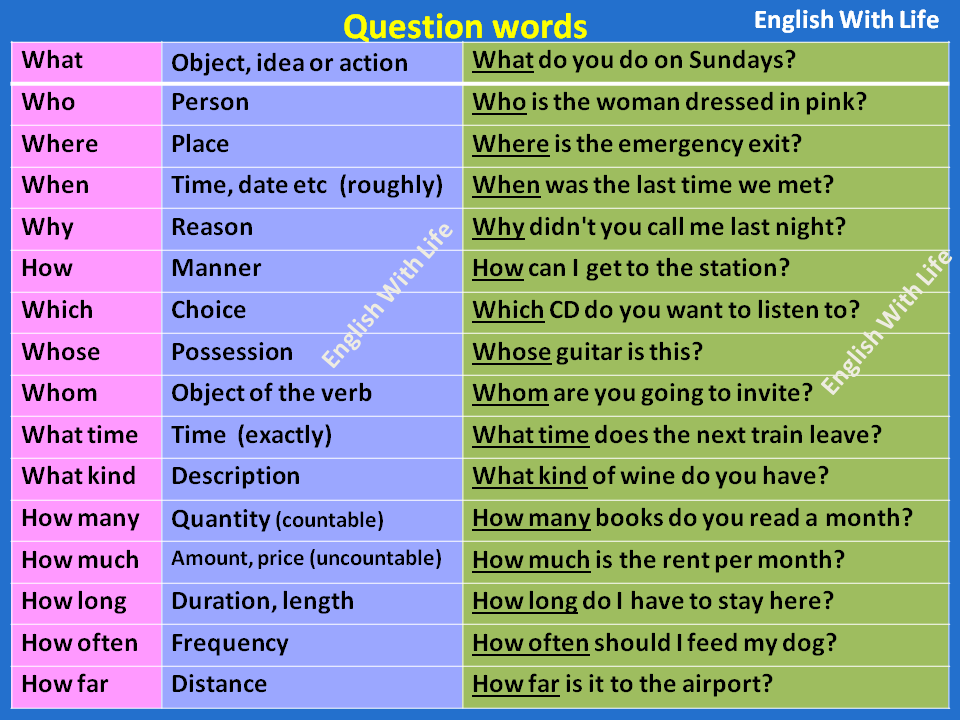
Black and white cinema
We have the ability to recognize colors from birth, but the newborn does not yet know how to use it. But he perceives well and looks at contrasting black-and-white images with clear contours with pleasure. You can make such pictures yourself and conduct "classes" with your baby with their help. nine0005
As a result of such exercises, the child will acquire two important skills in the first months of life: he will learn to fix an object and follow it with his eyes.
For classes, you can put the baby on any surface (changing table, crib, large bed), but so that the light source (window or lamp) is behind his head.
0–2 months
Newborn limited field of view — 30 degrees left and right, 10 degrees up and down, depth — no more than 90 cm from the face. Show your child images based on this data. Contrasting black and white patterns attract the attention of the baby, because during this period the rods (cells in the retina of the eye that distinguish between weak light, black and white colors) are better developed than cones (cells responsible for perceiving colors).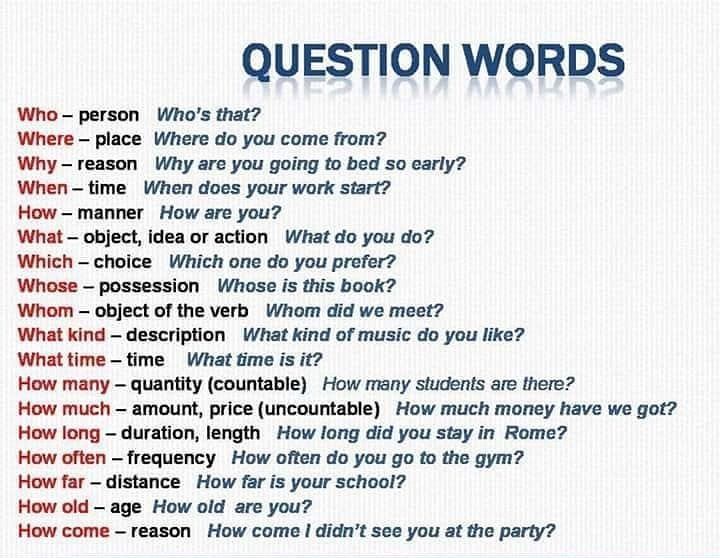
For the first lessons, you will need pictures with simple geometric shapes, checkers (like a chessboard), stripes, straight and broken lines.
Already at the age of 10 days, the baby is able to keep a moving object in the field of vision, and at 3 weeks old it can fixate on a stationary object and on the face of an adult who is talking to him. nine0005
By the end of the first month, he tries to follow a slowly moving black and white object or his mother's face at a distance of 20–30 cm.
To practice fixation : show your baby black and white drawings. They can also be attached to the sides of the crib.
Gradually replace simple pictures with more complex ones. So the baby will learn to focus his eyes. Among the pictures you can place black and white photos of mom and dad. nine0005
If you have attached a mobile above the crib, you can replace the colorful hanging toys with black and white ones for now.
For tracking exercise : show the picture to the baby at a distance of 30 cm from the eyes. After the child notices it and fixes their eyes on it, slowly start moving the picture to the right, then to the left. The second exercise: bring the drawing closer to the baby and remove it again (from 20 to 100 cm).
After the child notices it and fixes their eyes on it, slowly start moving the picture to the right, then to the left. The second exercise: bring the drawing closer to the baby and remove it again (from 20 to 100 cm).
3 months
The baby can already clearly focus on the object, but it is still difficult for him to smoothly and continuously follow him if he moves in an arc. Tracking objects in a circle can be trained using a mobile, removing all toys from it, except for one. nine0005
At this age, the baby is already truly happy and smiles at the sight of something familiar. He follows with pleasure the face of an adult or an object moving in all directions, studies his hands with interest.
The baby still does not feel the volume of objects, so often he cannot grasp the object he is reaching for. This happens because the baby's world is still two-dimensional.
Binocular vision will develop later, and then the baby will learn to appreciate the depth of space. nine0005
nine0005
Now you can place pictures in all the places where you can carry the baby in your arms. The baby is already able to visually focus while in an upright position.
4 months
Now the child may like more complex drawings, with curved and curved lines and shapes. The kid remembers what he saw, follows the moving object well.
During this period, the formation of color perception occurs, because the cones in the retina begin to work more actively. At first, the baby is able to perceive red and yellow colors, a little later - green and blue. The main thing is that the color is bright. Pastel shades, which parents usually prefer, will not impress the child. nine0005
To fix the color, show the baby alternately with an interval of 30 seconds two pictures, first with the same image, but different colors, and then vice versa - the same color, but with different patterns.
Take a white sheet and a picture. First, show the baby a picture at a distance of 30–50 cm. He must fix it. Then cover half of the image with a white sheet. After 30 seconds, show the entire drawing again. In the next exercise, cover the entire picture with a white sheet. nine0005
He must fix it. Then cover half of the image with a white sheet. After 30 seconds, show the entire drawing again. In the next exercise, cover the entire picture with a white sheet. nine0005
Now take two different pictures and a white sheet. Fold them like a deck: the first picture - a white sheet - the second picture. Show them in turn, making sure that the baby fixes the image. You will see how surprised he is when he sees another drawing after the white sheet!
At the age of 4 months, the child is able to predict events. He used to keep screaming from hunger until he grabbed a nipple or got a bottle. Now, when he sees his mother, he can either shut up or start screaming even louder. The child establishes a connection between visual impressions and consciousness. nine0005
5–6 months
By this age, the images transmitted from both eyes begin to connect, and thus binocular (stereoscopic) vision develops. Now the child is able to visually perceive the depth of space. The kid focuses well on both near and distant objects. Six-month-old babies are very fond of looking at more complex images, ornate ornaments and patterns. This is a great training for the visual system - in such pictures there is a certain rhythm, symmetrical and asymmetric areas, orderliness and structure. nine0005
The kid focuses well on both near and distant objects. Six-month-old babies are very fond of looking at more complex images, ornate ornaments and patterns. This is a great training for the visual system - in such pictures there is a certain rhythm, symmetrical and asymmetric areas, orderliness and structure. nine0005
Show your child two different pictures at the same time so that he can look at one and then the other.
Make a kind of screen out of a white sheet. Hold it in one hand. Take a picture or a toy in your other hand. Show it to your child, let him fix his eyes on her. Move the picture (toy) so that at some point it disappears behind the screen, and then appears on the other side.
The child should develop an understanding that an object that has disappeared from the field of vision does not cease to exist and continues to move. When the baby has mastered this skill, he will look to the place of the future appearance of the picture from behind the sheet. nine0005
Everything is good in moderation
Moderation and pleasure are the main things in activities with a baby.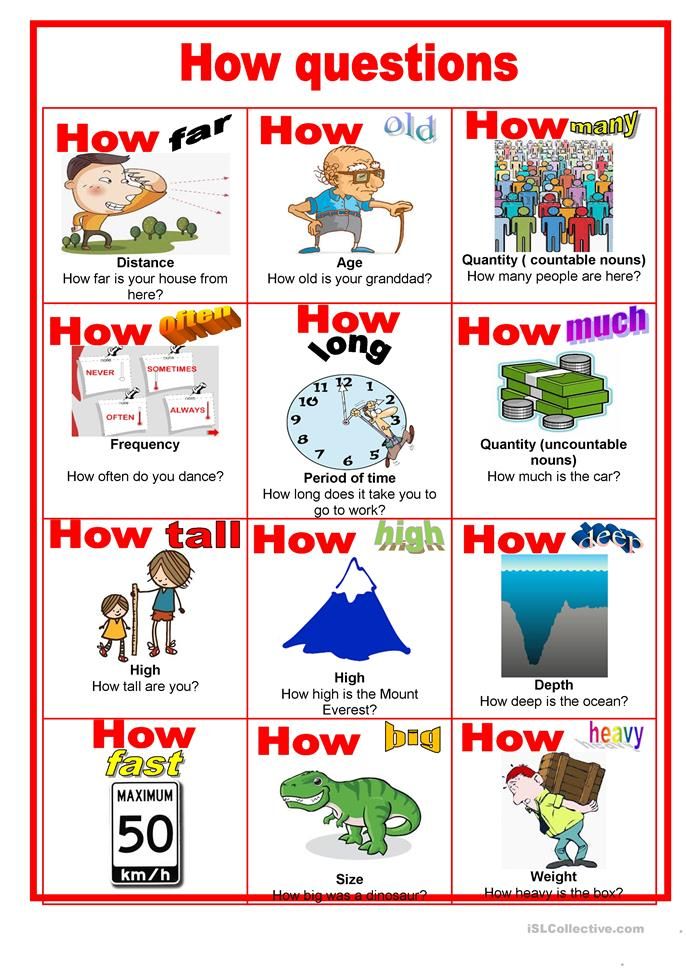 Both mother and baby should be in a good mood. Play with your child when he is happy, calm, not hungry or tired. You should not get carried away only with visual reactions and orientation. For harmonious development, it is important to use all the organs of perception: hearing, touch, smell, taste. And remember that the main stimulus for the development of the visual system is the smile on the mother's face.
Both mother and baby should be in a good mood. Play with your child when he is happy, calm, not hungry or tired. You should not get carried away only with visual reactions and orientation. For harmonious development, it is important to use all the organs of perception: hearing, touch, smell, taste. And remember that the main stimulus for the development of the visual system is the smile on the mother's face.
Sources:
PostNauka portal
Family website 7ya.ru
Photo: Unsplash; blog "Katerina Taberko's Bookcase"
The vision of a newborn child
Newborn children see in a completely different way than adults. FROM as the child grows, his visual system also develops, for the final it takes about 8 months to form.
Eyes the child is able to see immediately after birth, but his brain, which processes and forms visual images until it is able to correctly decrypt information. The child grows, his brain develops, and at the same time and visual abilities. How does this happen? nine0005
How does this happen? nine0005
1 month. At that age the child's eyes cannot move in concert. The pupils often converge on bridge of the nose, but parents should not panic that this is strabismus. Already to at the end of 1 month of life, the baby learns to fix his gaze on the interesting object.
2 months. Starts actively develop color vision. Shades are faintly distinguishable, but good perceived contrasting colors. Children of this age love bright toys and keep a good eye on them. nine0005
4 months. Appears spatial perception, the child begins to understand that objects have different shapes and can be located at different distances from it. Coordination the movements of the newborn are being improved, now he can easily pick up, subject of interest to him.
5 months. Improving color perception, the child is able to see the difference in shades, even in small sized items. nine0005
8 months.
